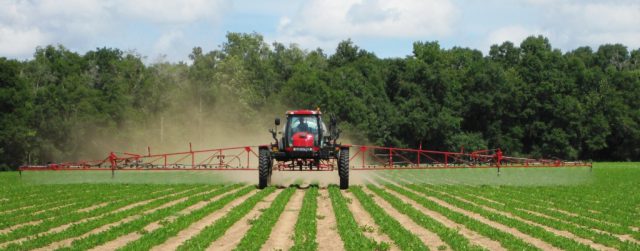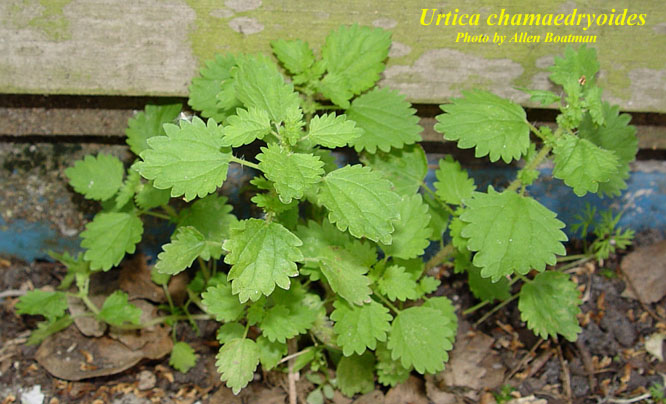
by jferrell | Jun 26, 2015
Jay Ferrell and Ramon Leon, University of Florida Weed Specialists A crop oil adjuvant is an essential part of many herbicide applications. When conditions are dry or the weed is a “hard to control” species, a crop oil can often boost herbicide activity. However, when...
by John Doyle Atkins | May 8, 2015
Dogfennel is one of the most commonly occurring pasture weeds in Florida. University of Florida Weed Specialists, Brent. Sellers and Jay. Ferrel developed a publication specifically to address this troublesome pasture weed. Dogfennel (Eupatorium capillifolium) is an...
by Mark Mauldin | May 8, 2015
We are well into spring and a wide variety of plants are showing off their colorful blooms. As lovely as most of the blooms are, some springtime colors are an unwelcome sight. Such is the case with the showy, white seedhead that is produced by Cogongrass (Imperata...

by Doug Mayo | May 8, 2015
The University of Florida IFAS Extension offers a database of fact sheets available for free download on the Internet called EDIS (Electronic Data Information Source) that has many publications of interest to farmers and ranchers in Northwest Florida. Each fact sheet...

by Libbie Johnson | Apr 24, 2015
Fireweed (Urtica chamaedryoides), may not be a pasture weed that causes great economic losses from competition, but it can cause distress to people who come in contact with it in their pastures or around the farm. Also known as heartleaf nettle, this plant is...



